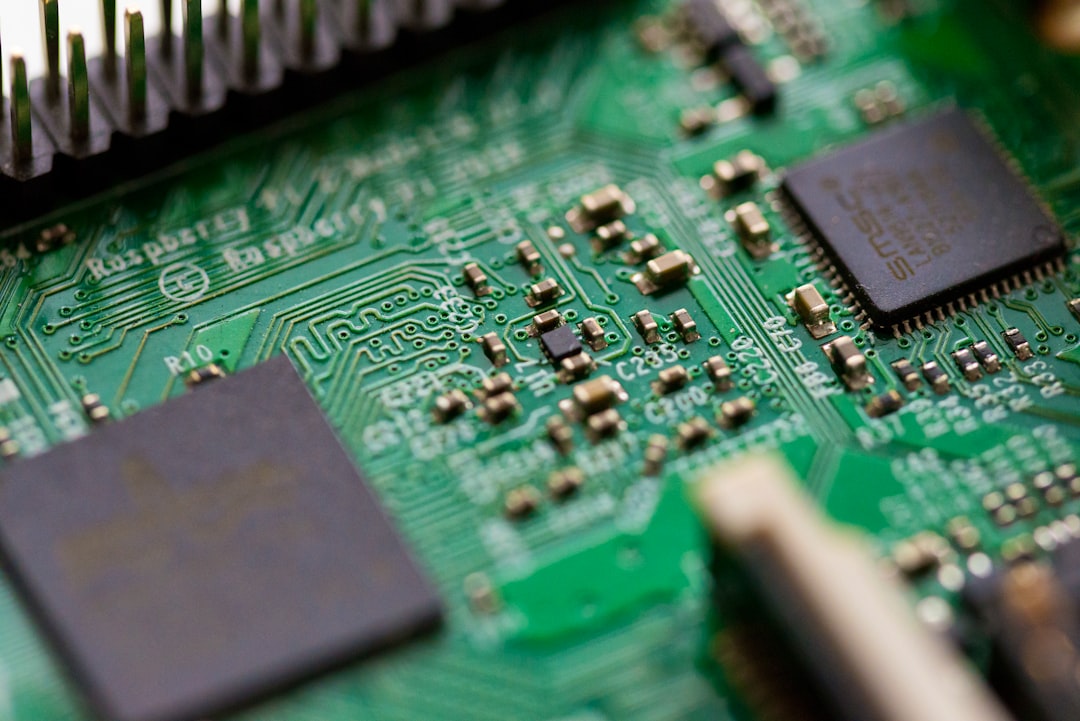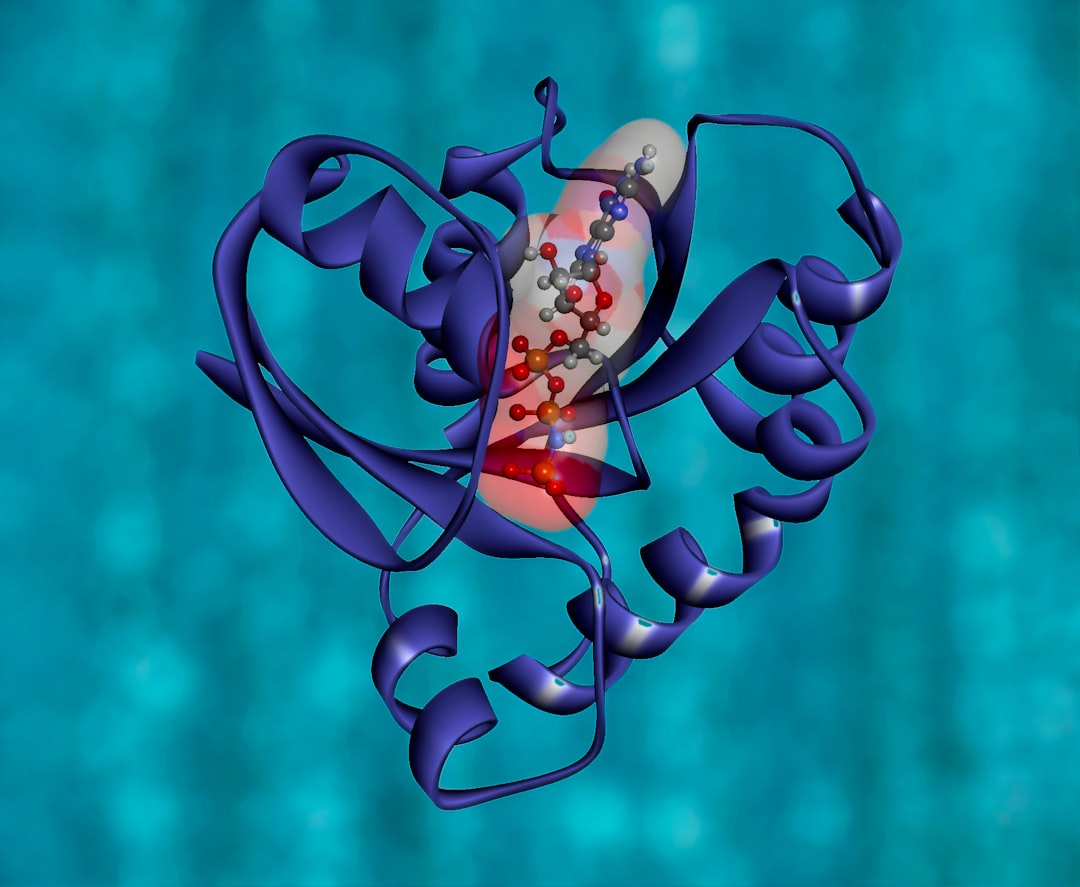
Based on the observations made by the investigators on February 20, 2012 on material science learning styles, have not seen the actual science learning. Learning is focused on a number of facts and concepts. Teachers also still use the lecture method, although sometimes interspersed with question and answer method, but the teachers have not been able to condition students to focus on the material. There are many students who are chatting with friends sebangkunya, there banging the table even sleepy. This study aimed to describe the activities of teachers, student activities, and student learning outcomes Elementary School fourth grade III Northern Perak Surabaya District Customs Cantian through the application of contextual models in learning science. This type of research is action research class consisting of 2 cycles. Each cycle is carried out through four phases: planning, implementation, observation and reflection. The subjects were all fourth grade students of SDN northern Perak Surabaya Cantian Customs District III. Data were obtained through observation and tests. Data observations analyzed the activities of teachers and students in the form of a percentage. Student achievement test data were analyzed based on the percentage of mastery learning individually and then classically described descriptively. The results showed an increase in the percentage of all teachers and students in the first cycle and second cycle. Activities of teachers has increased by 23.75% from 71.25% in the first cycle to 95% in the second cycle. While the student activity increased by 19.30%, from 72.65% in the first cycle to 91.95% in the second cycle. The results obtained studying fourth grade students of SDN northern Perak Surabaya III increased. Student learning in the classical mastery increased by 20.83%, from 75% in the first cycle to 95.83% in the second cycle. Based on the obtained results it can be concluded that the application of contextual learning model to improve student learning outcomes.



